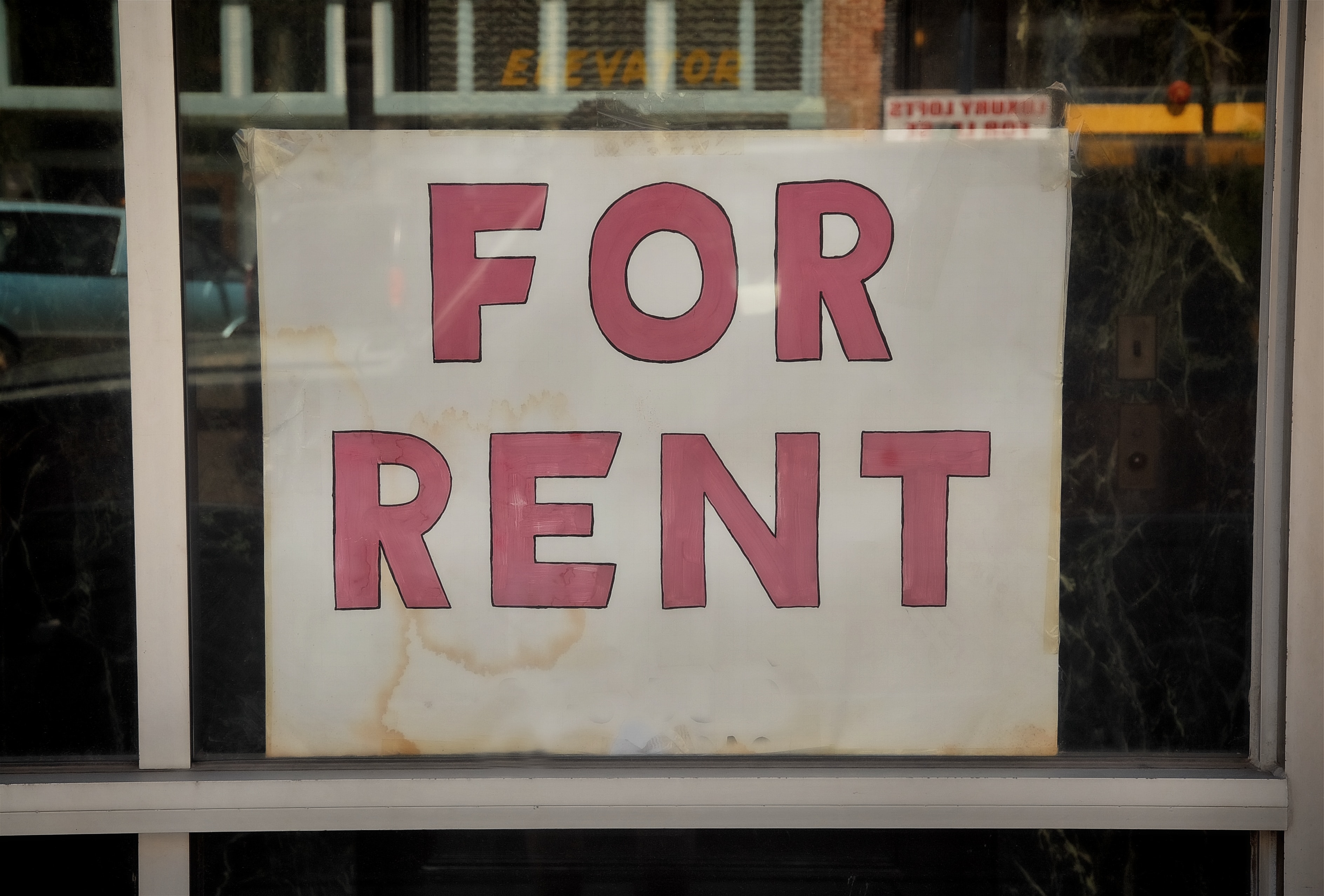Six ways to solve homelessness (and a few ways to make it worse).

Across Ontario, people are being forced to live in encampments. How do we solve homelessness?
A couple weeks ago in mid- October, I walked by a large tent encampment in my city. Sadly, there are still many people there living in tents. It is discouraging because in the spring the regional government opened an outdoor shelter with 50 tiny homes. At around the same time, a 100-bed ShelterCare hostel for men opened. But even as 150 people found a better alternative to living in a tent, more people found themselves homeless, many for the first time.
q
"One response from City Councils has been to clear encampments from public land and prohibit people from providing aid to people who are homeless."
When the federal government abandoned the housing field in the mid-1990s, homelessness rapidly increased. The formal shelter system was quickly overwhelmed. One response from faith communities involved opening their places of worship to create the Out of the Cold movement -- pop-up shelters staffed by volunteers.
But as homelessness persisted, a combination of worsening mental health and substance use mixed with a new wave of powerful street drugs pushed the volunteer-run Out of the Cold approach beyond its capacity.
The financialization of housing, which we explore in a previous article in this series, deepened Canada's housing crisis. The post-pandemic crisis saw a worsening of the housing crisis. Not only have middle-class households struggled to afford rent or buy a home, many people have found themselves living in tent encampments.
By the early-2000s the federal government was providing some capital grants to developers of apartment buildings. But the funding was limited and the “affordability” definition tied to the grants was for “below market rent” units. This still often resulted in rents that ate up a large part of people’s incomes. The scale of the government’s response simply did not match the need.
In 2017, the federal government launched the National Housing Strategy with new funding and legislation proclaiming housing as a human right in Canada. The reality of encampments, however, shows that the government response is still falling short.
Attempts to make the problem disappear
As tent encampments mushroomed in communities and cities across the country, one response from City Councils has been to clear encampments from public land and prohibit people from providing aid to people who are homeless. A landmark human rights case, however, has found that such a policy, in the absence of safe and appropriate shelter options, violates people’s human rights.
But there are signs of hope. Some communities are finding innovative ways to provide a crisis response, and National Housing Strategy funding is providing support for more sustainable solutions. There are also calls for the federal and provincial governments to provide both financial and legislative tools for municipalities, non-profit and Indigenous housing providers to increase the supply of truly affordable, non-market housing. Here are some examples:
The tiny homes movement
During the early days of the pandemic, a group of volunteers in Kitchener created A Better Tent City, a group of tiny home shelters for people living rough. In Toronto, a carpenter built tiny shelters to keep people safe during the winter. These individual and community responses to the homelessness crisis have led to municipally-sanctioned outdoor shelters using tiny homes.
A new approach to shelter
The traditional shelter system, where people sleep in dorms and have to leave each morning, can be dehumanizing. This is one reason people who have been homeless choose to avoid shelters. The House of Friendship in Waterloo Region has pioneered a new approach to shelter to address the complex life situations of men experiencing homelessness. Each room in the repurposed hotel houses two men. ShelterCare provides wrap-around supports and health services. The aim is to provide the stability and support to help the men get their feet on the ground and move to a permanent home.
Creating permanent supportive housing
The Housing First model for addressing mental health issues for people who are homeless focuses on getting people housed first and providing wrap-around services. As private rental costs soar alongside the challenge of providing services to people who are geographically dispersed, there has been renewed focus on providing permanent supportive housing. Supportive housing is housing that is both affordable for tenants and comes with support services for tenants. Indwell is a supportive housing provider based in Hamilton, Ontario which has been creating new supportive housing developments, often in partnership with churches, throughout Southern Ontario.
qw
"Ontario cannot solve the housing affordability crisis unless it stems the conversion of long-term housing into short-term vacation units (e.g. Airbnb)."
Converting private rental units to non-market rentals
One of the main drivers of the affordable housing crisis has been the financialization of housing, with large real estate investors buying existing rental buildings and systematically raising rents to extract greater profits. In response, people have come together to form community land trusts and non-profit cooperatives with the aim of purchasing an existing apartment building and keeping the rent permanently affordable.
There have been calls from the Federal Housing Advocate and others for the federal government to create an acquisition fund to support these efforts. The Government of British Columbia has created a provincial acquisition fund. And in Quebec, provincial legislation mandates that the City of Montreal has first right of refusal on any private lands that come up for sale. The City of Montreal has used that power to convert private apartments into nonmarket housing.
Calls to reduce the cost of constructing new rental housing
The call for a National Housing Accord included recommendations to spur the building of new rental apartments. These included steps to reduce the cost of building new units. The federal government has already announced that they will remove the GST (Goods and Services Tax) on new apartment buildings. They have also expanded the amount of low-interest financing available for these projects.
Reining in short-term rentals
Here is a sobering thought: Between April and June 2023, Ontario saw the completion of 16,116 new housing units. During that same period, 8,361 new short-term vacation rental units were listed in Ontario. That means for every two new units of housing created, one is being converted into a short-term rental. By July 2023, there were 74,317 short-term rental units registered in Ontario, 51.7% more than the year before. In contrast, Quebec saw a year-over-year decline in short-term rental listings due to provincial regulation.
Ontario cannot solve the housing affordability crisis unless it stems the conversion of long-term housing into short-term vacation units (Airbnbs). Groups like Fairbnb have called for provinces to set up short-term rental registries, allow municipalities access to collected data, limit short-term rentals to principal residences and hold platforms like Airbnb accountable for the properties they advertise.
Rent Control
When the Government of Ontario eliminated rent control on new apartment units and vacant rental units in 2018, the hope was that this change would prompt a new supply of rental housing and that this would somehow drive down rents, or at least slow the increase. But while new purpose-built rental housing has been built in Ontario, the new supply has not driven down rents. Instead, real estate investors are exploiting lax rent controls to profit at the expense of tenants.
The Government of Ontario’s commitment to remove the provincial portion of the HST (Harmonized Sales Tax) on new apartment buildings and the federal government’s recent decision to increase the amount of low-interest financing for new apartments is enough of an incentive for new apartment construction. There is no justification for vacancy decontrol or for new apartments not to be covered by rent control.
Solving homelessness requires building homes. That means more than brick and mortar. It is about people and building communities as well. We will look at ways we can all be involved in doing that in the next article.

